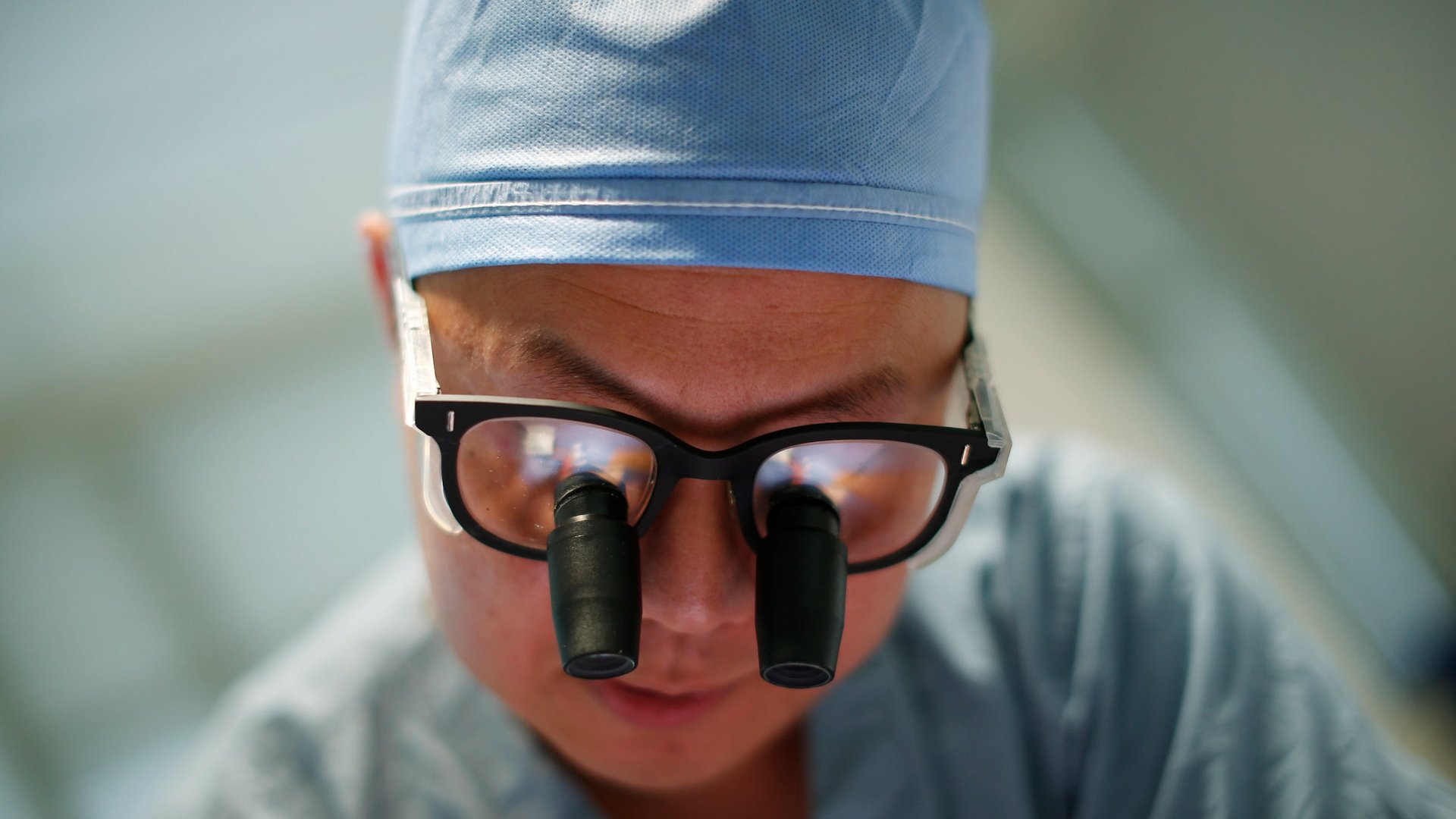The world’s first prescription-only smartphone app
Are you ready to take medical advice from your phone?


Are you ready to take medical advice from your phone?
That’s what BlueStar, a prescription-only smartphone app, is banking on as it prepares to hit the market this year. The app, made by app-maker WellDoc, is the first to require a doctor’s prescription. While anyone can download the app onto a smartphone, tablet or computer, only those with a prescription code provided by a pharmacy can use it. While a small number of people in select areas of the US are already using BlueStar, 2014 promises to be its coming-out party, as a number of large corporations are set to extend their health coverage to accept the app. The cost will vary, depending on the prescription, but is likely to creep well above $100 per month.
Approved by the US Food and Drug Administration in 2010, the app helps people with type 2 diabetes, the most common form, by nudging them when it’s time to check their blood sugar levels, reminding them how and when to control fluctuations, and offering periodic advice. For instance, it might remind patients to eat before taking medications or praise them for diligently tracking their glucose levels.
Unlike, say, Nike’s FuelBand, which helps log health-related performance data, BlueStar doesn’t monitor patients directly, but they are expected to enter information on what they ate and when, and the app in return advises them on the timing of blood sugar level checks, and then, using those levels, the appropriate dosage of medication (which is why it needs a prescription). The prescribing doctor can also use it to tweak the patient’s care regimen.
There are obstacles to the app’s success. For one, WellDoc will have to persuade physicians of its worth. Relying on an app to inform patients on the fly, after all, strips doctors of immediate control. BlueStar is hoping to mitigate that by sending regular patient updates to physicians. Patients might also bristle at constant nudges and reminders if they don’t turn out to improve their health.
If the app does prove helpful, it will have a lot of room to run. Over 25 million people in the US alone have diabetes—over 8% of the population. As few as 15% of diabetic patients, however, keep daily records of their sugar levels, Athena Philis-Tsimikas, corporate vice president at the Scripps Whittier Diabetes Institute, told Spectrum. That the app is prescription-only could help it spread, assuming health insurance companies are willing to cover the costs. (Presumably, it’s hoped that the extra billions the app could cost insurers will be offset by savings from better treatment and fewer doctor visits.) Two insurers already agreed last year to begin reimbursing patients for BlueStar’s monthly fee in 2014, and a number of large corporations, including Ford and Rite Aid, have chosen to include it in their health coverage.